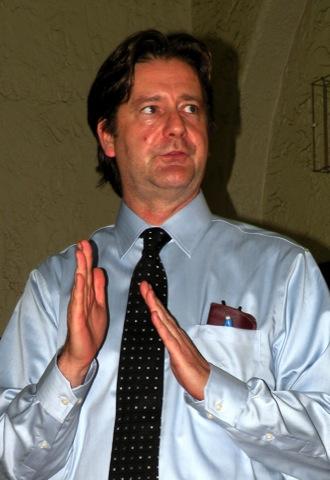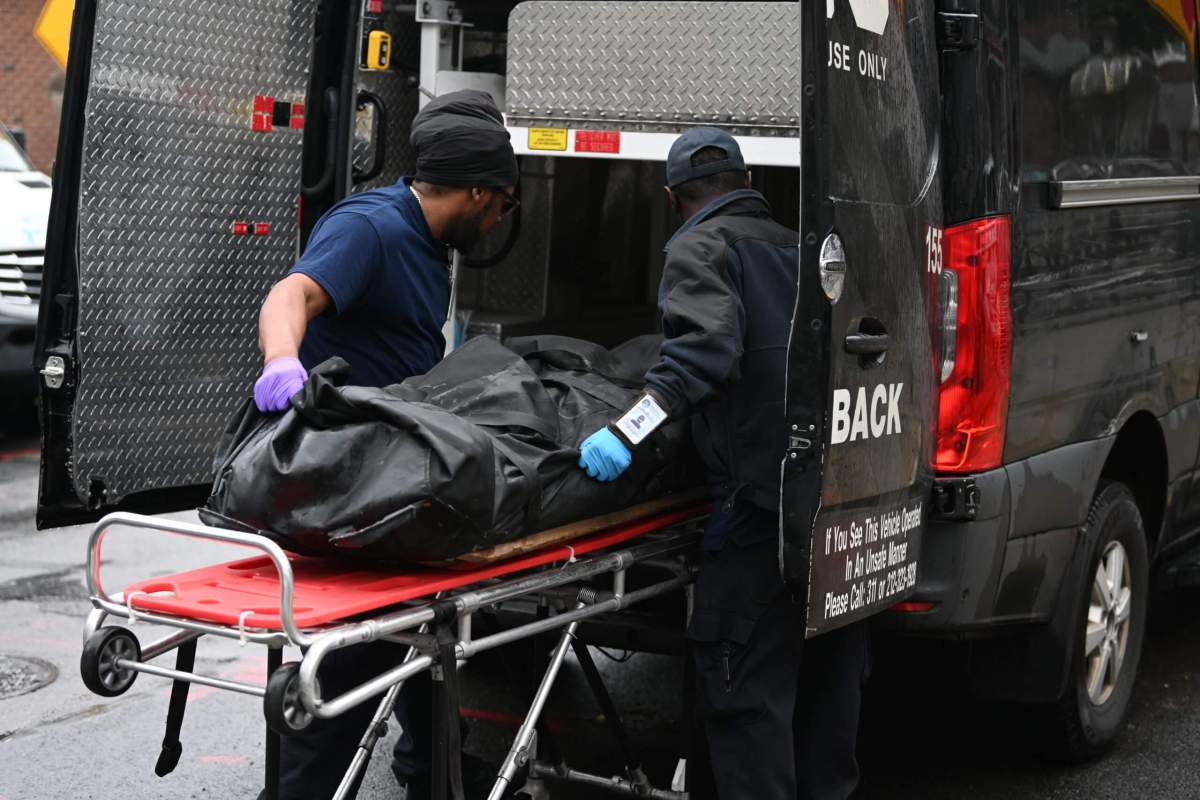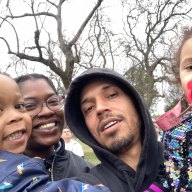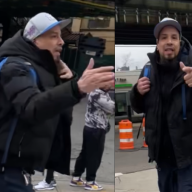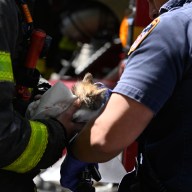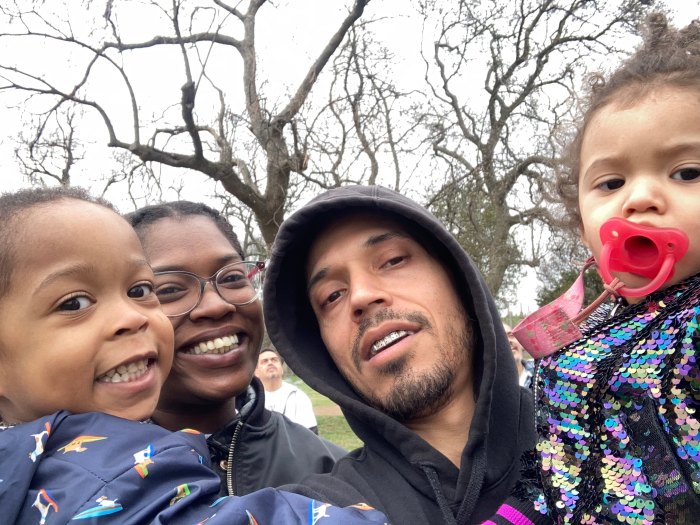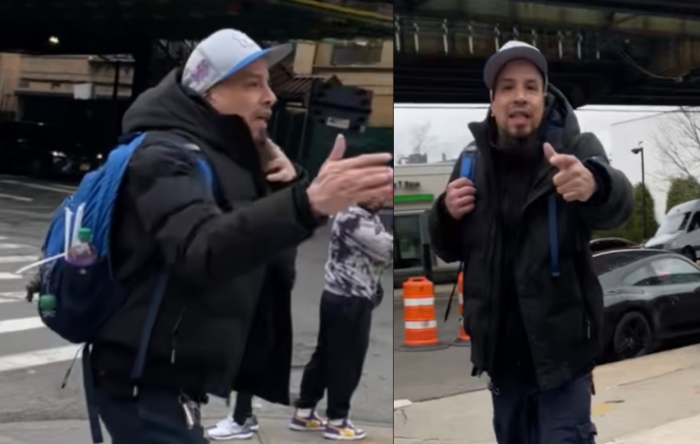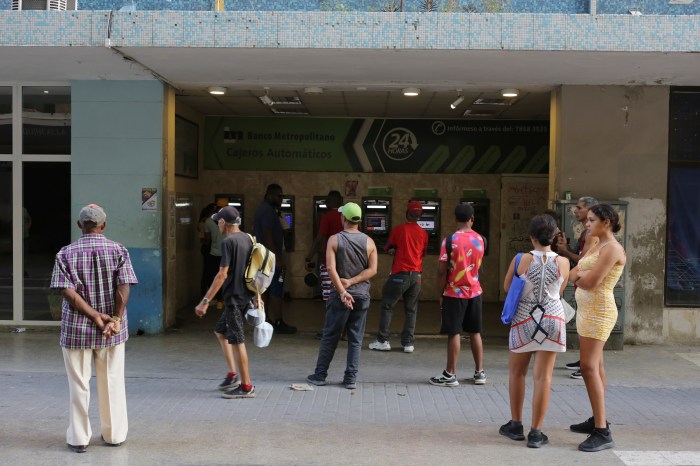Hoots and hollers were the order of the day as East Flatbush residents and merchants made it clear that they did not want to see Church Avenue turned into a one-way street.
The concept that the residents shot down had been described as “a bold idea” by city Department of Transportation (DOT) representatives presenting the findings of an extensive study of Church Avenue, between Utica and McDonald Avenues, aimed at managing congestion on the thoroughfare.
The study and proposed solutions are part of DOT’s Congested Corridors Program.
During a forum hosted by Community Board 17 at Holy Cross Church, 2530 Church Avenue, residents did salute a number of other ideas, including eliminating some parking spaces to create dedicated turning lanes, limiting turns in certain locations, creating truck loading zones for specific hours, and installing munimeters which enable more vehicles to be parked in the same amount of space.
Some of the changes were proposed for the length of the strip. Others focus on problematic intersections, of which the worst is Church and Flatbush Avenues, said Associate Project Manager Gregory Haas.
Along the avenue, DOT plans to “upgrade all markings, upgrade pedestrian ramps, (and) construct pedestrian refuge islands where appropriate,” Haas said. The agency also plans to lengthen bus stops, install bus shelters where there are none, add yield-to-pedestrian signs, and change traffic signal timing to give pedestrians a head start crossing certain intersections, he also said.
In mooting about these ideas, DOT has several goals — not only to allow traffic to flow more readily, but also to “improve air quality and mobility for everyone, not just drivers but pedestrians, bus users and bicyclists,” Haas noted.
As bad as traffic is now, it will get substantially worse in 10 years if nothing is done to mitigate it, Haas said.
Besides presenting their findings, DOT officials were quick to tell the crowd that they wanted, “to hear what you have to say about them,” as Haas stressed.
But, when Haas asked if “anybody [had] thought about Church Avenue being one wayi” the answer was a loud chorus of “no’s.”
“We’ve been talking about Church Avenue for 16 years,” noted CB 17 member Albert Payne, “and we’ve seen one bad idea after another. You talked about what would happen in 10 years. It’s already here. You need to have a different type of study and continue the discussion.”
“If you make it that way, you’re going to cripple my business,” one man added.
“In my opinion, it would bring chaos,” added John Williams.
If Church became a one-way street westbound, then Caton Avenue and Linden Boulevard would handle the eastbound traffic, Haas said.
That, too, was a bone of contention. One woman who lives on Linden Boulevard said, “We have enough trucks. We have school buses and every other bus. Who’s going to pay for all the water main pipes that breaki Who’s going to pay for all the cracks in the wallsi We have enough cracks already.”
“You need to come up with a comprehensive plan that will satisfy everyone,” noted Burchell Marcus. “This will not fly. You are putting people out of the way a little too much.”
The accuracy of the agency’s study was questioned by Yva Cantave of Brooklyn Congregations United. “You did your study at 1 p.m.,” she said. “That’s not when it needed to take place. It needed to be done at 7:30 a.m., when we have school buses, taxis, people running in the street.”
One reiterated concern was that, when DOT came to the community, they already had decided that they were going to convert Church Avenue to a one-way street. But, the DOT reps strove to dispel that notion. “It’s not a done deal,” said Hillary Poole, a senior project manager with DOT. “We don’t want to spend a lot of money if people are really against it.”
Some of the suggestions made over the course of the evening were “options,” Poole also said. “Would you rather have turning lanes or parking spacesi These are things we need to hear back from you. It’s not all or nothing.”
DOT plans to return to the community for further discussion in October, Haas said.
Information on the study is available on the DOT website, at http://www.nyc.gov/html/dot/html/motorist/churchave.shtml.


